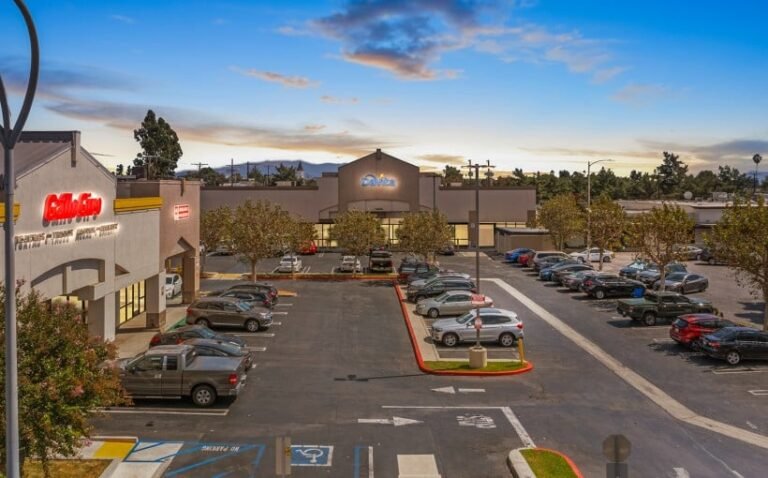

Life sciences real estate is defined as properties and facilities that support medical device manufacturing, pharmaceuticals and biotechnology. While this specialized sector has existed for a while, it really took off among investors in the immediate aftermath of the COVID-19 pandemic.
While life sciences real estate has generated high risk-adjusted returns due to strong fundamentals, the path hasn’t been smooth.
According to a recent article from CBRE’s Matt Gardner, the recent history of life sciences real estate has been somewhat rocky.
Then and Now
Gardner pointed out that prior to the pandemic, “lab landlords followed a straightforward development path.” Campus developments were planned, while construction didn’t commence until significant preleasing took place. “These landlords would look for signals of pent-up demand: a healthy cycle of exits via acquisition or IPO, and an upswing in new company formation and early-stage venture investment,” Gardner said.
Then came the pandemic and a life sciences investment frenzy. New campuses broke ground before they were preleased, and landlords and their capital partners risked empty space for the next startup.
Gardner said many new investors “jumped into their first lab investments commencing construction in 2021” and then ran afoul of biotech challenges due to fewer IPOs for biotech and pharmaceutical companies and increasing interest rates.
“Delivering new construction in 2023 and 2024 turned out to be poorly timed, with a surge of available space coinciding with the bottoming out of venture valuations and a dearth of risk capital for growth-stage biotech companies,” he explained.
The result was low short-term absorption rates combined with increased subleasing as biotech companies continued to raise the next round of funding.
All is Not Lost
Gardner reminded readers that the biotech cycle of development, testing and approval can take 10 to 15 years. Research and development from the previous decade has led to an all-time high in the current product pipeline. Furthermore, “FDA approvals were the third-highest in 2024,” Gardner wrote.
Investors have yet to reach a new equilibrium, but it seems as though lab landlords these days are holding new development as absorption catches up to supply. The lengthy biotech research cycles and whether science can be converted into useful products means patient capital is necessary when investing in lab sciences real estate.
Gardner pointed out that the life sciences sector has grown since the 1970s. Additionally, labs and other life sciences real estate are an attractive investment “when checks are in place to ensure sustainable growth rates,” he added.
The post Life Sciences Real Estate Investments: A Focus on Patience and Perseverance appeared first on Connect CRE.


